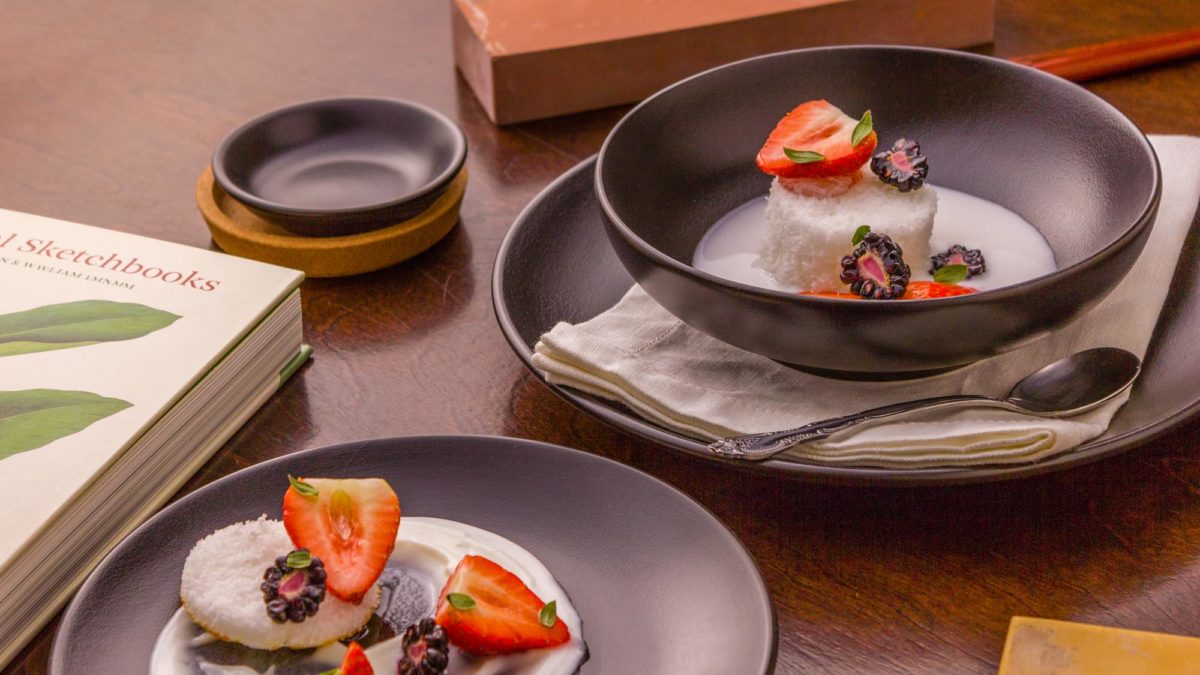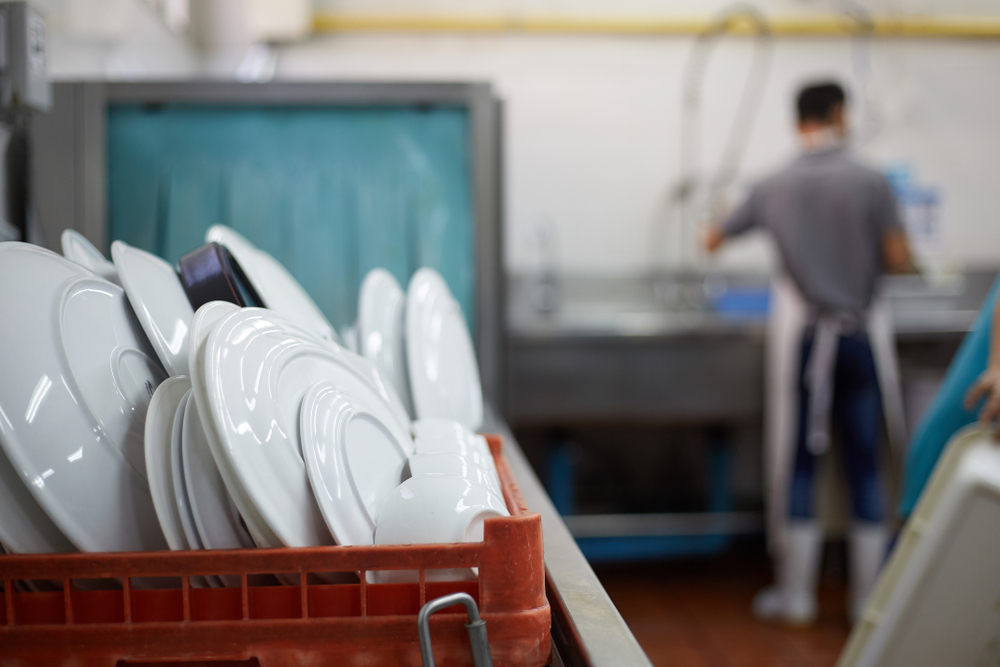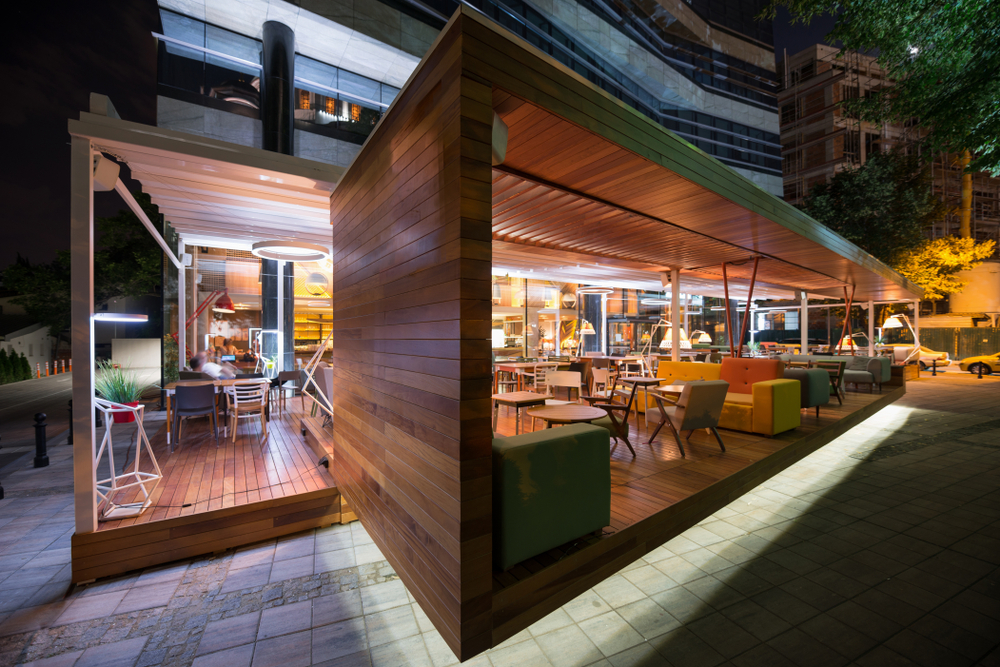How to Enjoy Wine: Tasting with Purpose
From the outside, wine tasting can seem like an art that has been crafted over many years. However, we believe that wine tasting should be enjoyed by everybody and have therefore compiled a guide for beginners.
For starters, you’ll need to know the Five S’s; see, swirl, sniff, sip, and savor. Beginner’s tip – after pouring a couple of ounces into a clean wine glass, twist the bottle clockwise and lift to catch any drips (saves losing them on the floor!).
1: See
Rather than just lifting the glass to your mouth and drinking, wine tasting starts with the eyes. Lift the glass by the stem, tilt the glass slightly so it has a clear backdrop (tablecloth or napkin will work perfectly!). Note the legs (streams of liquid passing down the glass), the richness of color, and sediment.
Top Tip: Legs will provide insight into the sugar and alcohol content of wine. When the legs are skinny and move down the glass quickly, this suggests a light-bodied wine with low alcohol content. As you might have guessed, a higher alcohol content and fuller-bodied wine generally has wide legs and sluggish movement.
2: Swirl
Swirling isn’t pretentious, it should intensify the aroma and it can be done with the glass on the table. Holding the glass at the stem, make fast circular movements until the wine forms a small whirlpool; this might take several seconds.
3: Smell
After the aromas are released, lift the glass and take a number of small sniffs. If this is your first time, don’t feel awkward saying your thoughts out loud and feel free to start with general smells. For example, you might pick up on fruit, earth, wood, or floral smells. From here, you might decide that it’s citrus fruits you can smell and you might even pick up on lemon or grapefruit in particular. Often, people spend too much time searching for aromas that don’t exist so just take a few seconds and then move on.
Noticing the subtleties takes experience because it’s often a comparison between wines that allows you to spot differences and the finer aromas. As well as wine, we recommend smelling other drinks and even your meals as you cook. The more time you invest, the more you’ll get out of wine tasting. For example, you might want to pick up on specific smells at the farmer’s market.
4: Sip
Now, we reach the real tasting and it starts with a small sip. With a small amount of wine in your mouth, gently move it around and allow your upper teeth to touch your lower lip. As you pull air into the mouth, it will create a gargling noise and the wine will combine with the air. This is known as ‘aspirating’, and it’s essentially the same as swirling the glass (but this time the wine is in your mouth, of course!). You should notice aromas reaching the back of your mouth and this is where many people go wrong, because they don’t allow the nuances and aromas to develop. Once you move past flavor and aroma, you’ll soon be picking up on the following;
Tannins – These can dry the palate and create a gritty feeling in the roof of the mouth and against the gums.
Acidity – The more acidic the wine, the more powerful the tingling in the cheeks. Often, people describe a ’mouth-watering’ effect with crisp and energetic (and even juicy) high-acid wines.
Body – Much like milk, it’s possible to feel the weight of different wines on the tongue. While light-bodied wines can be compared to skim milk, there are also similarities between medium-bodied wines and whole milk as well as full-bodied wines and cream.
Alcohol – If the wine tastes ‘hot’ towards the back of the mouth and throat, this is usually the alcohol outweighing everything else.
Although all wine comes from grapes, the difference in taste (and factors above) vary according to how and where the grape grew, the type of grape, and how the wine was eventually produced.
5: Savor
After completing four of the S’s, it’s time for the all-important question; ‘do I like the wine?’. Does the flavor stick around or disappear quickly? Do the flavors blend or come as one? This is unique to you so find wines YOU like rather than listening to ‘popular opinion’.
Guide to Pairing Food and Wine
Now you know how to taste wine, we want to provide a short guide on how to pair wine with the right food.
Fat/Acidity – With oily, fatty foods, we recommend an acidic white or red wine. As you drink, the acidity bites through the rich food and will cleanse the palate for the next mouthful. For example, why not pair grilled salmon with a pinot noir? Or perhaps pork loin with late harvest Riesling?
Acidity/Acidity – Furthermore, we also recommend acidic wines when eating acidic foods; this can be dishes based around tomatoes or citrus fruits. The wine can struggle when the food is more acidic, so bear this in mind. A sauvignon blanc or dry rose will go perfectly with a citrus salad or goat cheese.
Sweet/Sweet – People often avoid wine with sweet foods because it sharpens the taste of alcohol, changes the tastes of fruit, and they feel as though they can’t make the most of it. To fix this, just find a wine sweeter than the food.
Heat/Sweet – You’ve gone for a spicy dish and aren’t sure what wine to offer friends? In this case, you’re looking for low tannin and some residual sugar. If you go for bubbles and high-alcohol content, your mouth will soon be burning (along with having a bitter taste) since they promote the spice somewhat.
Fat/Tannin – Essentially, this is the same pairing as cream and tea; the milk offers protein, the tea offers tannin, and they blend together beautifully because the tea loses bitterness. Why not try Cote-du-Rhone with a burger?
Salt/Wine – Finally, what if you’re eating something sweet? Well, we recommend experimenting with all wine because not only will sweet foods bring out the fruitiness but it’ll also soften the bitterness and acidity. Although it may sound strange, popcorn and champagne are a magical combination.
Growing Together and Staying Together – As a bonus tip, stop trying so hard. As a general rule, food and wine from the same region tend to work together – because the locals have worked out what works and what doesn’t. This is why earthy Barolo pairs with truffle-scented pizza, and why Muscadet works with oysters and citrus flavors.
As long as you’re aware of the food’s flavors and aroma, you can have a little fun. Why not also try the ‘opposites attract’ rule? A prime example of this would be a Provence rose with salad niçoise.
Summary
Thank you for reading this guide to wine tasting for beginners, we hope you have fun and allow yourself to experiment with different wines. Soon enough, you’ll have some fantastic combinations in your repertoire!





